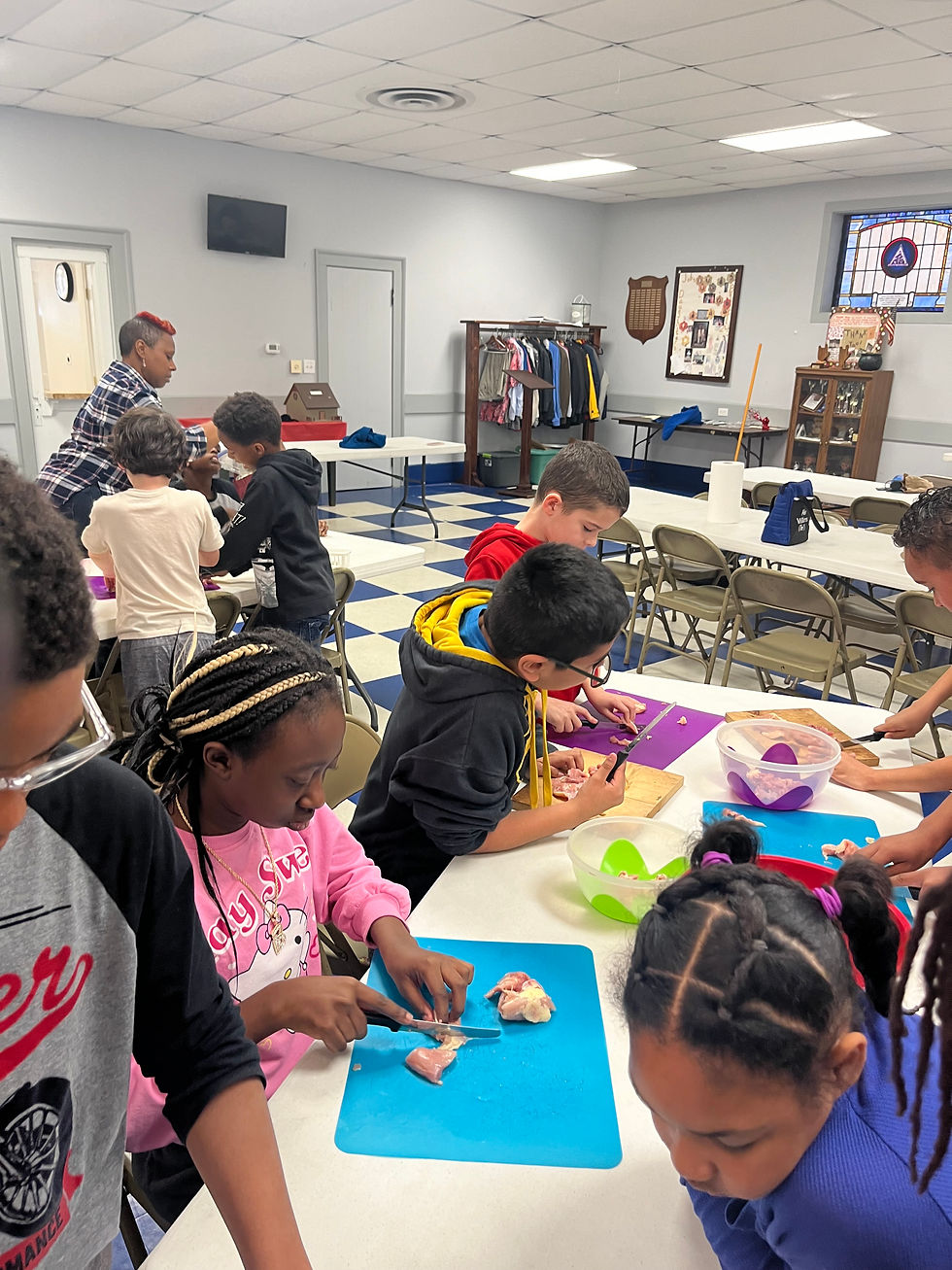Promoting Social-Emotional Learning in the Classroom
- marva331
- Jan 8, 2024
- 2 min read
Promoting Social-Emotional Learning in the Classroom In today's fast-paced and interconnected world, it is more important than ever for students to develop strong social and emotional skills. These skills not only contribute to their overall well-being but also play a crucial role in their academic success. As educators, it is our responsibility to create a positive and inclusive learning environment where students can thrive and develop these essential skills. The colorful image above beautifully captures a diverse group of young students engaged in activities that promote social-emotional learning in the classroom. Let's take a closer look at some examples, thoughts, and tips on how we can foster social and emotional growth in our own classrooms. 1. Group Discussions: Encouraging students to participate in group discussions allows them to practice active listening, respectful communication, and collaboration. It also provides an opportunity for them to express their thoughts and opinions, promoting self-confidence and self-expression. 2. Collaborative Projects: Assigning collaborative projects not only enhances students' teamwork and problem-solving skills but also fosters empathy and understanding. By working together towards a common goal, students learn to appreciate different perspectives and value the contributions of their peers. 3. Practicing Empathy and Kindness: Teaching students to empathize with others and show kindness is essential for creating a positive classroom culture. Engage students in activities that promote empathy, such as role-playing scenarios or discussing real-life situations. Encourage acts of kindness, such as writing thank-you notes or performing random acts of kindness within the school community. 4. Self-Awareness and Emotional Regulation: Help students develop self-awareness by encouraging reflection and self-assessment. Provide opportunities for them to identify and express their emotions, and teach strategies for emotional regulation, such as deep breathing or taking a break. These skills empower students to manage their emotions effectively and make positive choices. 5. Engaging Activities: Incorporate engaging activities that promote social and emotional learning into your daily lessons. For example, use literature to explore different emotions and discuss how characters handle them. Incorporate mindfulness exercises or relaxation techniques to help students manage stress and improve focus. By implementing these strategies, we can create a classroom environment that nurtures social and emotional growth. Remember, promoting social-emotional learning is an ongoing process that requires patience, consistency, and a genuine commitment to the well-being of our students. As educators, we have the power to shape not only the academic success but also the overall happiness and fulfillment of our students. Let's embrace the opportunity to promote social and emotional learning in our classrooms and equip our students with the skills they need to thrive in school and beyond.




Comments